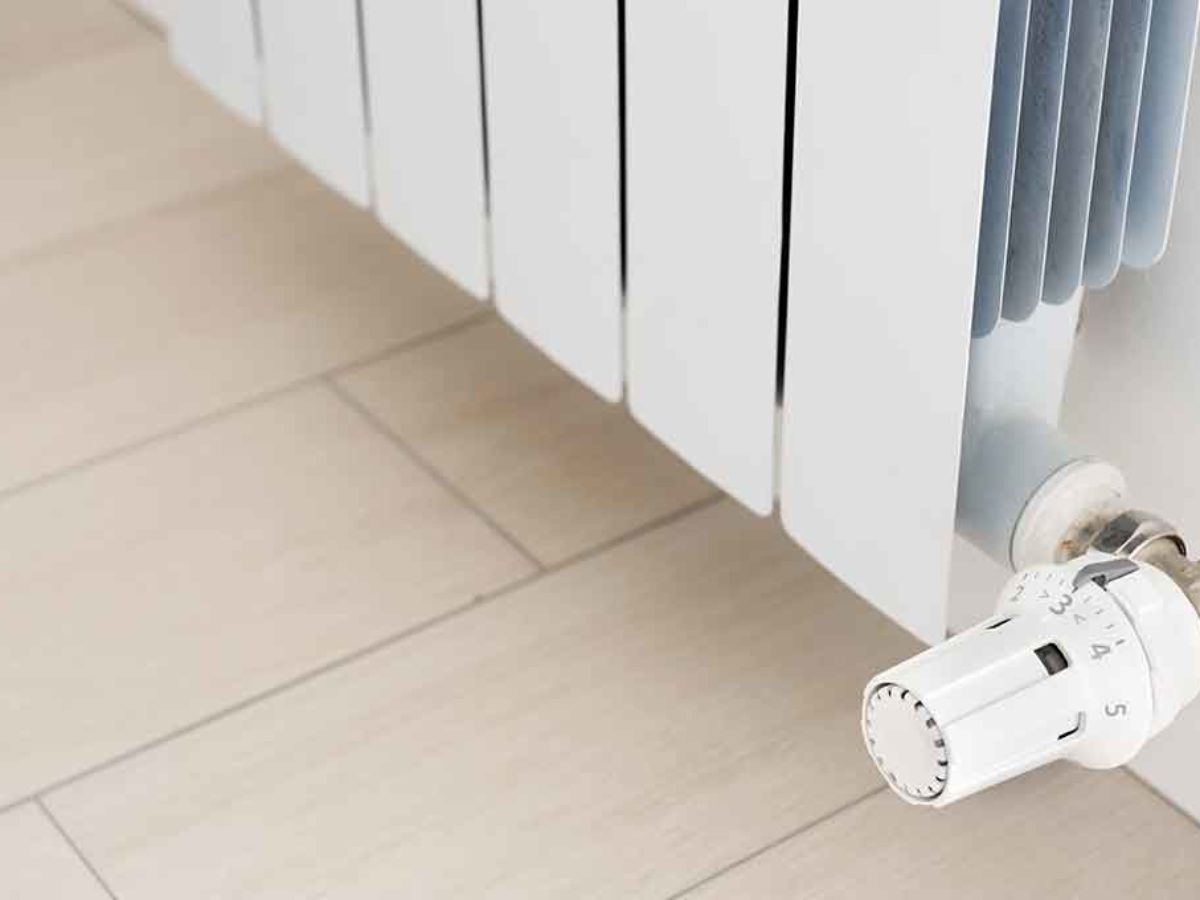Introduction: The Importance of Proper Radiator Maintenance
Proper radiator maintenance is essential for ensuring optimal performance, energy efficiency, and the longevity of your heating system. Occasionally, you may need to turn off a radiator for various reasons, such as carrying out maintenance, painting, or rearranging furniture. In this step-by-step guide, we will outline the process of safely turning off a radiator, ensuring that your heating system continues to function efficiently and effectively.
Step 1: Prepare the Area and Gather Necessary Tools
Before turning off a radiator, prepare the area by placing a towel or container under the radiator valves to catch any potential drips. Ensure that you have a radiator key or an adjustable spanner, depending on the type of valve your radiator has.
Step 2: Locate the Valves
Radiators typically have two valves located at the bottom on either side. One is the thermostatic radiator valve (TRV), which controls the temperature by regulating the flow of hot water into the radiator. The other is the lockshield valve, which balances the flow of water through the radiator and helps maintain even heat distribution across the system.
Step 3: Turn Off the Thermostatic Radiator Valve (TRV)
To turn off the TRV, rotate the valve clockwise until it is in the fully closed position. If your TRV has a numbered dial, turn it to the lowest setting or the “off” position. For TRVs with a “+” and “-” symbol, rotate the valve towards the “-” symbol until it stops.
Step 4: Turn Off the Lockshield Valve
The lockshield valve is typically covered by a plastic cap. Carefully remove the cap, and using a radiator key or an adjustable spanner, turn the valve clockwise until it is fully closed. It’s a good idea to count the number of turns it takes to close the valve fully, as this will help you when reopening the valve to ensure proper balancing of the heating system.
Step 5: Take Note of the Valve Settings (Optional)
If you plan to turn the radiator back on in the future, it’s helpful to take note of the valve settings before turning them off. This will make it easier to return the valves to their original settings, ensuring that your heating system remains balanced.
Step 6: Perform the Necessary Task
With the radiator safely turned off, you can now carry out the required task, such as maintenance, painting, or rearranging furniture. Remember to exercise caution when working around the radiator, as it may still be hot.
Step 7: Turn the Radiator Back On (If Applicable)
Once you have completed the necessary task, you can turn the radiator back on by reversing the process. Begin by opening the lockshield valve counterclockwise, using the same number of turns it took to close it. Then, open the TRV by turning it counterclockwise to the desired temperature setting.
Conclusion: Safely Turning Off a Radiator for Maintenance and More
Turning off a radiator is a simple and essential skill for homeowners, allowing you to carry out maintenance tasks and make adjustments to your living space without disrupting your heating system. By following this step-by-step guide, you can safely and effectively turn off a radiator, ensuring that your home remains comfortable and energy-efficient if you don’t know how to contact Rowlen.































